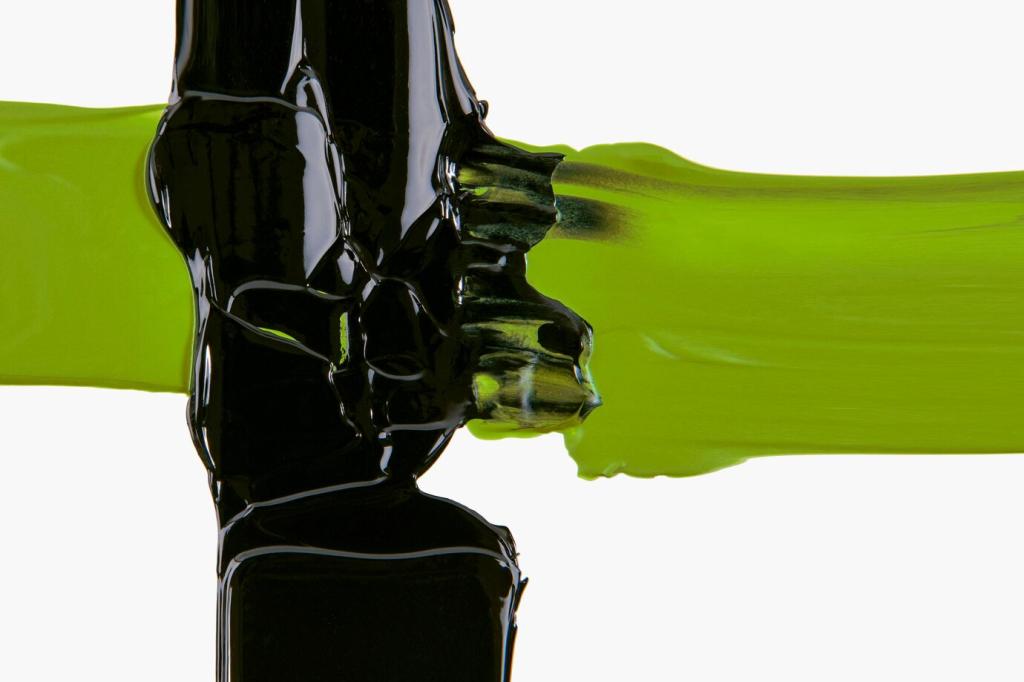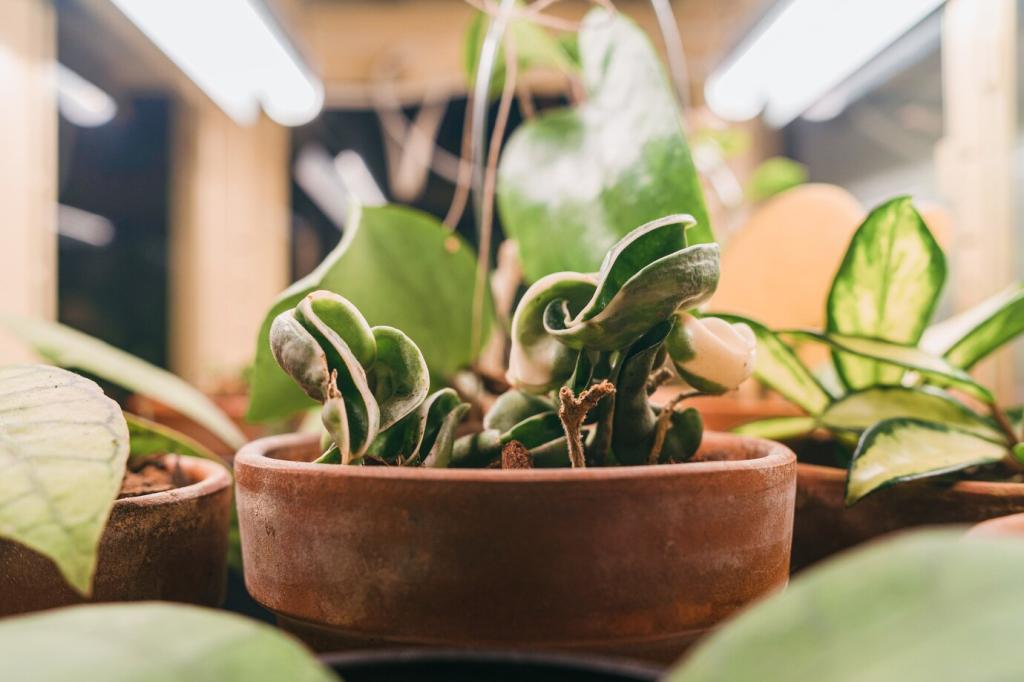Wood, Reimagined: Reclaimed, Certified, Engineered
Old barn oak and factory pine arrive scarred yet strong, often denser and more stable than new stock. De-nailing, planing, and careful grading turn history into heirlooms, while preserving carbon already stored inside those timeworn fibers.
Wood, Reimagined: Reclaimed, Certified, Engineered
Bamboo panels, rubberwood from tapped plantations, and responsibly managed oak show how speed and stewardship can coexist. Verify sources, confirm adhesives, and weigh transport distances to ensure quick growth does not hide a long footprint.
Wood, Reimagined: Reclaimed, Certified, Engineered
CARB Phase 2 and E0 formaldehyde standards matter for plywood, MDF, and particleboard. Look for no-added-formaldehyde resins, soy- or MDI-based systems, and supplier transparency. Strong joinery plus clean chemistry equals panels that perform without the headaches.
Wood, Reimagined: Reclaimed, Certified, Engineered
Lorem ipsum dolor sit amet, consectetur adipiscing elit. Ut elit tellus, luctus nec ullamcorper mattis, pulvinar dapibus leo.








